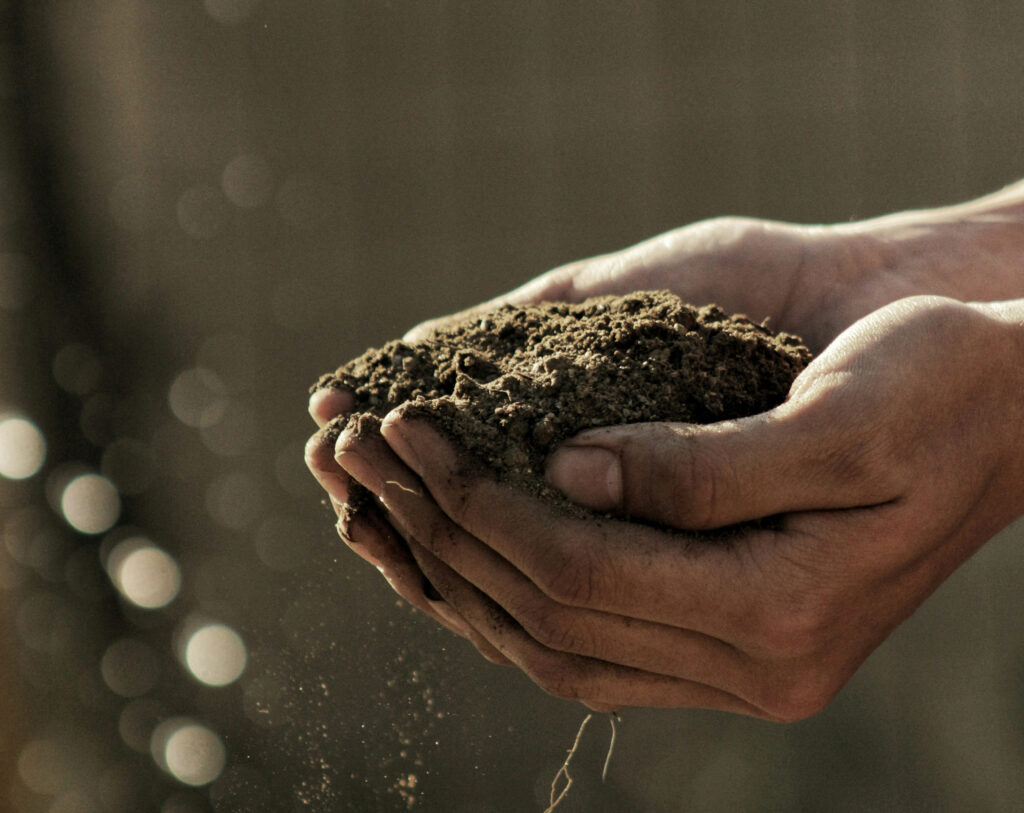News And Advice From The Leading Thousand Oaks Tree Trimming Company
Without pushing the comparison too far, let’s say that trees are a little like people: they can’t survive on water alone. Just as we need food for everything from protein to vitamins, trees need “food” in the form of macro-and micronutrients. Fortunately, trees get a lot of these nutrients from the soil they grow in. However, if your trees are looking a little droopy or miscolored, the problem could be a lack of certain nutrients. The solution? A soil test.

Performing a soil test is crucial for understanding the nutrient composition, pH levels, and overall health of your soil. Here’s why and how you should perform a soil test:
Why Perform a Soil Test
- Nutrient Analysis: Soil tests help determine the levels of essential nutrients like nitrogen, phosphorus, potassium, and micronutrients. This information is vital for optimizing plant growth and health.
- pH Level: Soil pH affects nutrient availability to plants. Testing soil pH helps determine if it’s acidic, neutral or alkaline, which guides you in selecting suitable plants and adjusting pH if necessary.
- Problem Diagnosis: Soil tests can reveal issues such as nutrient deficiencies, excess salt, heavy metal contamination or soil compaction, enabling you to take corrective measures.
- Optimizing Fertilizer Use: Knowing the existing nutrient levels in the soil allows you to apply fertilizers more precisely, preventing overuse or underuse, which can harm plants and the environment.
How to Perform a Soil Test
- Collect Soil Samples: Use a clean shovel or spade to collect soil samples from various locations in your garden or field. Take samples from different areas to get a representative sample of your soil.
- Prepare Soil Samples: Remove any debris like rocks or plant matter from the soil samples. Mix the samples thoroughly in a clean container, breaking up any clumps.
- Divide Samples: Divide the mixed soil sample into smaller portions for testing. Each portion should represent a specific area or planting zone.
Choose a Testing Method
- DIY Test Kits: These kits are available at garden centers or can be ordered online. They typically include test strips or chemical reagents to measure pH and nutrient levels.
- Laboratory Testing: Many agricultural extension offices, universities or private labs offer soil testing services. You can send your soil samples to them for comprehensive analysis, including nutrient levels, pH, and recommendations for improvement.
- Follow Testing Instructions: Whether you’re using a DIY kit or sending samples to a lab, carefully follow the provided instructions for collecting samples, conducting tests and interpreting results.
- Interpret Results: Once you receive the results, analyze them to understand your soil’s nutrient levels, pH and any potential issues identified. Look for recommendations provided with the results for improving soil health if necessary.
- Take Action: Based on the test results and recommendations, take appropriate actions such as adjusting pH, applying fertilizers, or implementing soil amendments to optimize soil health for your specific plants or crops.
Performing regular soil tests, ideally annually or whenever you notice changes in plant health or growth, helps maintain optimal soil conditions and promotes healthy plant growth. With your trees properly “fed,” you’re ready to enjoy the upcoming beautiful summer months that we enjoy here in the Conejo Valley!

